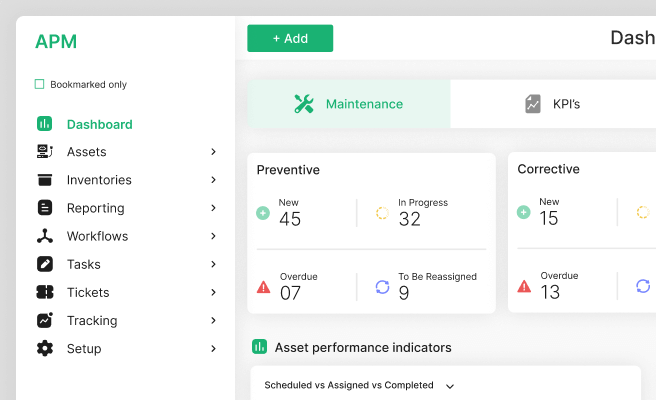Empathy Mapping
<p>Empathy mapping is a collaborative tool used to gain a deeper understanding of customers. It helps teams visualize what users think, feel, say, and do, creating a comprehensive picture of their experiences and needs. This method is crucial for designing user-centered products and services. By using empathy maps, teams can ensure that their solutions truly resonate with their target audience.</p>
<p>Empathy mapping emerged from the practices of design thinking and user experience (UX) design. It serves as a bridge between the user and the design team, facilitating the creation of products that meet real user needs. The process involves gathering data from user interviews, surveys, and observations and then categorizing this information into four quadrants: Says, Thinks, Does, and Feels.</p>
<h2>Components of Empathy Mapping</h2>
<p>Empathy maps are typically divided into four main quadrants:</p>
<ul>
<li><b>Says:</b> Direct quotes and notable insights from user interviews.</li>
<li><b>Thinks:</b> What users are thinking throughout their experience, often inferred from their body language or indirect comments.</li>
<li><b>Does:</b> The actions users take, including their behaviors and interactions with the product.</li>
<li><b>Feels:</b> The emotions users experience, which can be positive or negative.</li>
</ul>
<h3>Benefits of Empathy Mapping</h3>
<p>Empathy mapping offers several benefits for product design teams:</p>
<ul>
<li><b>Enhanced User Understanding:</b> It creates a shared understanding of the user among team members, ensuring that everyone is aligned on user needs and experiences.</li>
<li><b>Improved Communication:</b> It serves as a visual aid that helps teams communicate insights and ideas more effectively.</li>
<li><b>Focused Design:</b> By highlighting the most critical aspects of the user experience, it helps teams prioritize features and design elements that address real user needs.</li>
</ul>
<h3>Challenges and Solutions</h3>
<p>While empathy mapping is a powerful tool, it comes with its own set of challenges:</p>
<ul>
<li><b>Data Collection:</b> Gathering accurate and relevant user data can be time-consuming and complex. It's essential to use reliable methods like user interviews and observations to collect this data.</li>
<li><b>Biases:</b> Team members may have biases that influence how they interpret user data. To mitigate this, involve a diverse group in the empathy mapping process and cross-check findings with actual user feedback.</li>
<li><b>Actionability:</b> Translating insights from empathy maps into actionable design decisions can be challenging. Ensure that the insights are specific and directly linked to design goals.</li>
</ul>
<h3>Practical Applications in Climate Tech</h3>
<p>Empathy mapping is particularly useful in the climate tech sector, where user needs can be complex and multifaceted. For example, a company developing a carbon capture solution might use empathy mapping to understand the concerns and motivations of industrial partners who will implement the technology. This can help the company design solutions that are user-friendly and meet the specific needs of their partners.</p>
<p>Another example is a startup focused on sustainable agriculture technology. By conducting empathy mapping sessions with farmers, the startup can identify pain points in current farming practices and develop solutions that are not only sustainable but also practical and easy to adopt.</p>
<h3>Tools and Resources</h3>
<p>Several tools can aid in the empathy mapping process:</p>
<ul>
<li><a href="https://www.miro.com" style="color: #2896FF; text-decoration: underline;">Miro</a>: An online collaborative whiteboard platform that offers templates for empathy mapping.</li>
<li><a href="https://www.mural.co" style="color: #2896FF; text-decoration: underline;">Mural</a>: Another digital workspace for visual collaboration, which includes empathy map templates.</li>
<li><a href="https://www.nngroup.com/articles/empathy-mapping" style="color: #2896FF; text-decoration: underline;">Nielsen Norman Group</a>: Provides in-depth articles and resources on empathy mapping and user experience.</li>
</ul>
<h3>Conclusion</h3>
<p>Empathy mapping is a vital tool for creating user-centered products and services. By understanding and visualizing user experiences, design teams can develop solutions that truly resonate with their audience. Whether you're in climate tech or another industry, incorporating empathy mapping into your design process can lead to more effective and impactful products.</p>
<p>For more insights on improving your <a href="https://www.interaction-design.org/literature/topics/empathy-mapping" style="color: #2896FF; text-decoration: underline;">empathy mapping strategies</a>, visit our resource page.</p> <p>If you’re looking for inspiration to elevate customer and user experience for enterprise-grade products, View our work with the Ministry of Health of Saudi Arabia for curating the UX of an <a href="https://www.whatifdesign.co/work/enterprise-software-for-hospitals" style="color:#2896FF; text-decoration:underline;">Asset Management Tracking Platform</a></p>
<p>Ready to get started? <a href="https://cal.com/akhilak/what-if-design?duration=30" style="color:#2896FF; text-decoration:underline;">Book a 1:1 consultation call</a> with us today.</p>

Let's scale your impact with great design.
Free consultation, no sales pitch
Thank you! Your submission has been received!
Oops! Something went wrong while submitting the form.
Let’s talk
Nothing great is built alone.
Let’s connect about your vision, our work and how we can collaborate.
Get in touch

